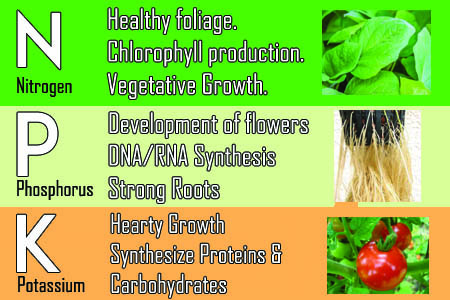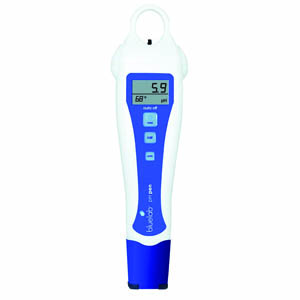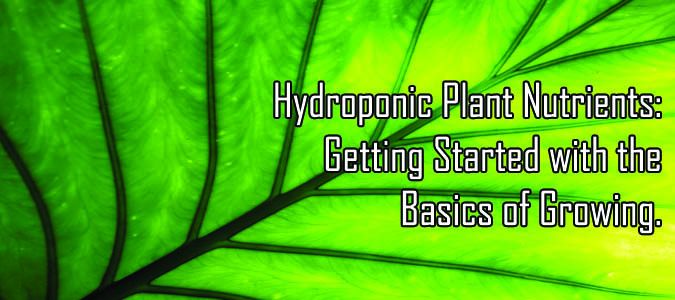Hydroponic Plant Nutrients: Getting Started
Hydroponics is an innovative and sophisticated form of agriculture that offers advanced productivity in terms of yield size and quality, with ultra-efficient use of water and plant nutrients in a highly controlled environment. Despite the great advantages of hydroponic gardening over conventional soil-based gardening, this method of indoor growing has its challenges. Maintaining healthy growth and vitality in your hydroponic garden requires control of all the elements (light, temperature, humidity, water, pH, nutrient strength) as well as the right blend of plant nutrients.
Hydroponic Plant Nutrients: Take Control of Your Plant Health
Finding the right blend of plant nutrients and fertilizers is an important part of the equation when it comes to optimal health and optimal results with the plants in your hydroponic garden. There are many factors that should be taken into consideration to help promote plant health; with regard to balanced plant nutrients, the basic NPKs (Nitrogen, Phosphorus and Potassium) and a wide assortment of key plant nutrients including Calcium and Magnesium are vital for healthy crops. Without these essential nutrients, plants cannot and will not grow – accordingly resulting in a weak and potentially costly outcome.
Macro and Micro Plant Nutrients for Hydroponic Gardens
Plant nutrients are divided into 2 separate categories which include micronutrients and macronutrients. Macronutrients can be either primary or secondary. Primary macronutrients consist of potassium (K), phosphorus (P), and nitrogen (N), while the secondary plant nutrients include minerals like sulfur (S), magnesium (Mg), and calcium (Ca). The primary plant nutrients found in the soil are usually exhausted due to the amount required for a plant to grow, while secondary nutrients are usually taken in slowly over time. As micronutrients are trace elements, a plant requires a small mix of these nutrients in small quantities. Calculating the amount of hydroponic plant nutrients that are required within a setup allows for the plants to absorb enough to make them grow faster and healthier for a larger harvest.

Hydroponic Plant Nutrients and pH
Another factor to keep in mind when aiming to make the most of your plant nutrient program is pH. When plant nutrients are added to a hydroponic setup, the pH level will change throughout the nutrient absorption process and will need to be monitored constantly. It is said that a pH reading of 5.8 to 6.2 is ideal for hydroponic gardening and should be kept around this level. Some hydroponic plant nutrients include buffering agents that limit pH fluctuations. Beginner gardeners may perceive this as an advantage, but experienced growers know that masking pH fluctuations robs the grower of a valuable plant health indicator. For example, rising pH levels are expected in a healthy garden, at certain stages. If pH is dropping, it is a sure sign that something is wrong.
Water Quality, Plant Nutrient Strength and Conductivity
Water quality is another critical element in optimizing your plant nutrient program. If your water contains a high concentration of mineral impurities, it leaves little room to add quality minerals to your nutrient solution. Overloaded nutrient solutions with high nutrient strength and high electrical conductivity (EC) can be detrimental to your crop yield and plant health. Although quality hydroponic plant nutrients are essential in a successful hydroponic crop, too much fertilizer and too high EC or nutrient strength could impede the plant absorption levels. As such, over fertilizing is not recommended. Starting with pure RO (Reverse Osmosis) water is the best way to avoid over fertilizing and offer your hydroponic garden the best quality plant nutrient solution.
-Web Hydroponics

